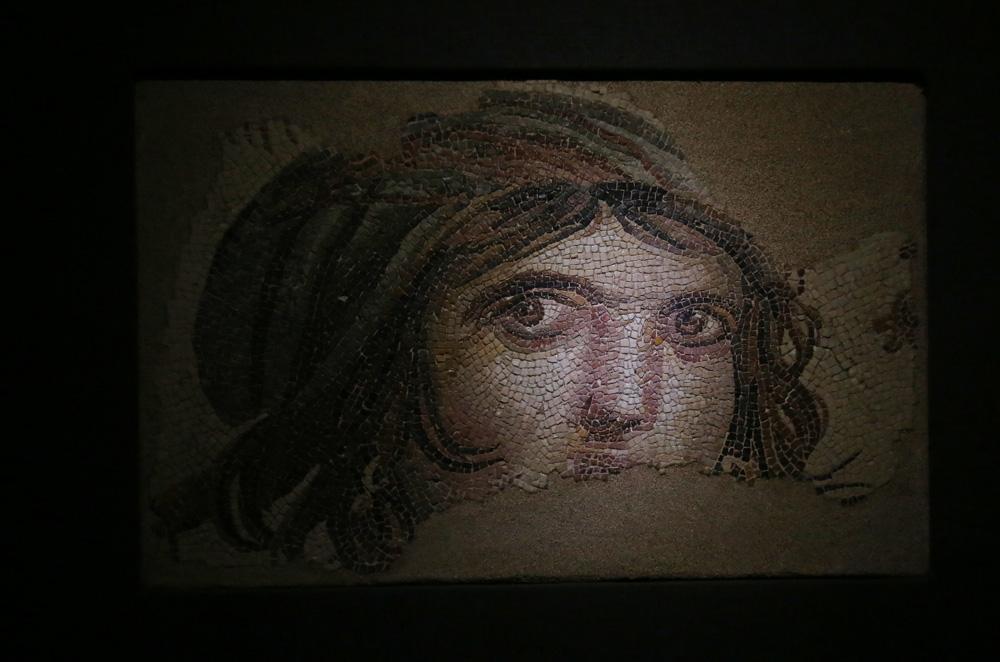Gypsy Girl brings more visitors to Gaziantep’s Zeugma Museum
GAZİANTEP

The world’s biggest mosaic museum, the Zeugma Mosaic Museum, is located in the southeastern province of Gaziantep. It was visited by nearly 170,000 people last year, with an increase of 55 percent compared to the previous year.
The museum, which has received the Presidential Grand Award, has attracted the interest of foreign and local tourists visiting the city.
In 2016, 108,479 people visited the museum. Last year, the figures increased by 55 percent, reaching 168,740.
The Gypsy Girl, which has become a symbol of Gaziantep since its discovery in the ancient city of Zeugma, has been shown as the main factor for the increase in visitors.
Speaking to the state-run Anadolu Agency, the Provincial Culture and Tourism Director Mehmet Bülent Öztürk said the Zeugma Mosaic Museum was very important for the city as it displayed rare artifacts.
Öztürk said the museum was one of the most-visited spots in the city.
“The 55 percent increase in the number of museum visitors has made us very happy. It is a very important development in terms of tourism for Gaziantep,” he said.
Öztürk said the museum also drew great interest in the new year, adding that they aimed to host more visitors in 2018 than last year.
Stating that the most important artifact in the museum was the Gypsy Girl mosaic, Öztürk said the eyes of the girl in the mosaic appeared to follow everyone from all perspectives, which made it very interesting.
“This figure is the symbol of both Gaziantep and Zeugma. People from around the world come here to see this figure. People are very curious about it. So it is very important for us to promote it,” he added.
The Zeugma Mosaic Museum covers an area of 30,000 square meters and includes three different buildings, which have five seminar and conference rooms, administrative units, a library and exhibition fields. According to officials, the first question visitors ask is about the Gypsy Girl mosaic, which is the symbol of both Gaziantep and Zeugma. The mosaic is displayed in a special section on the museum’s second floor.
The museum also displays wall paintings. Fountains, columns and walls have been unearthed during various excavations at the site of the ancient Roman city of Zeugma.
The ground floor of the museum exhibits a statue of the god of war, Mars, from the first century. The entrance floor exhibits mosaics unearthed in villas on the coast of the Euphrates River.
















